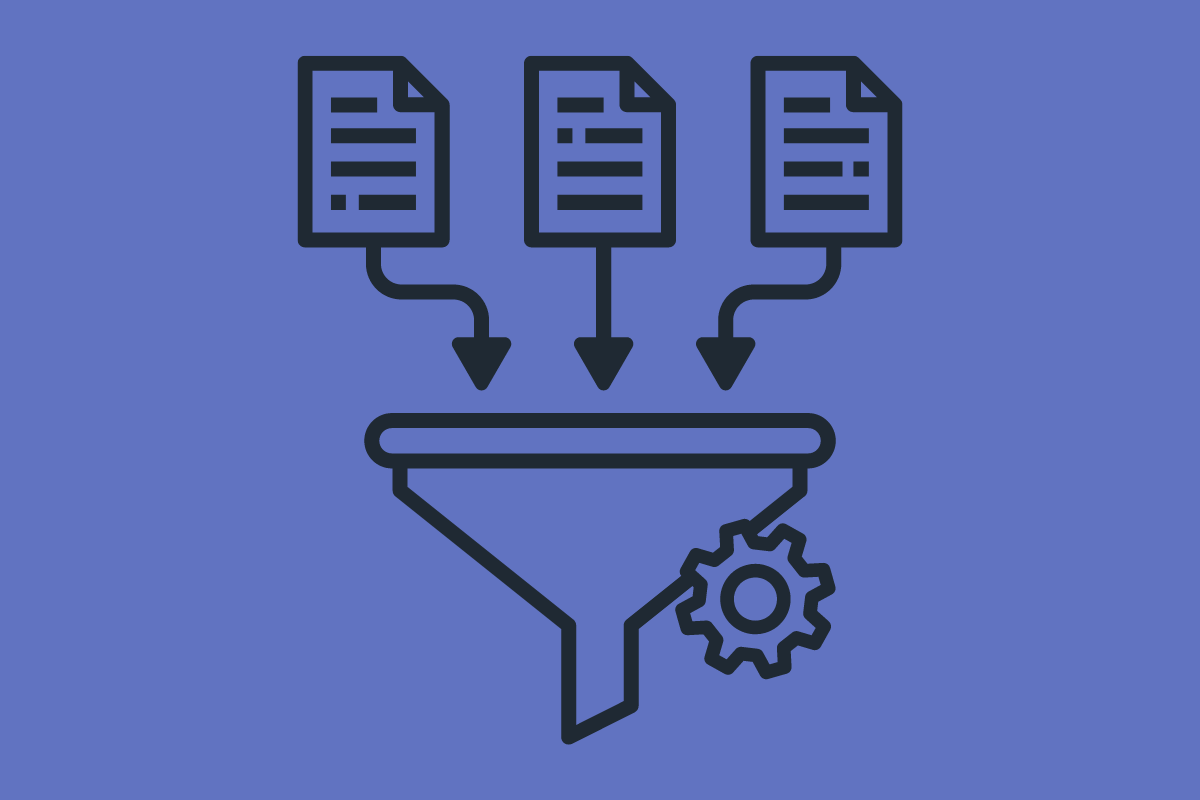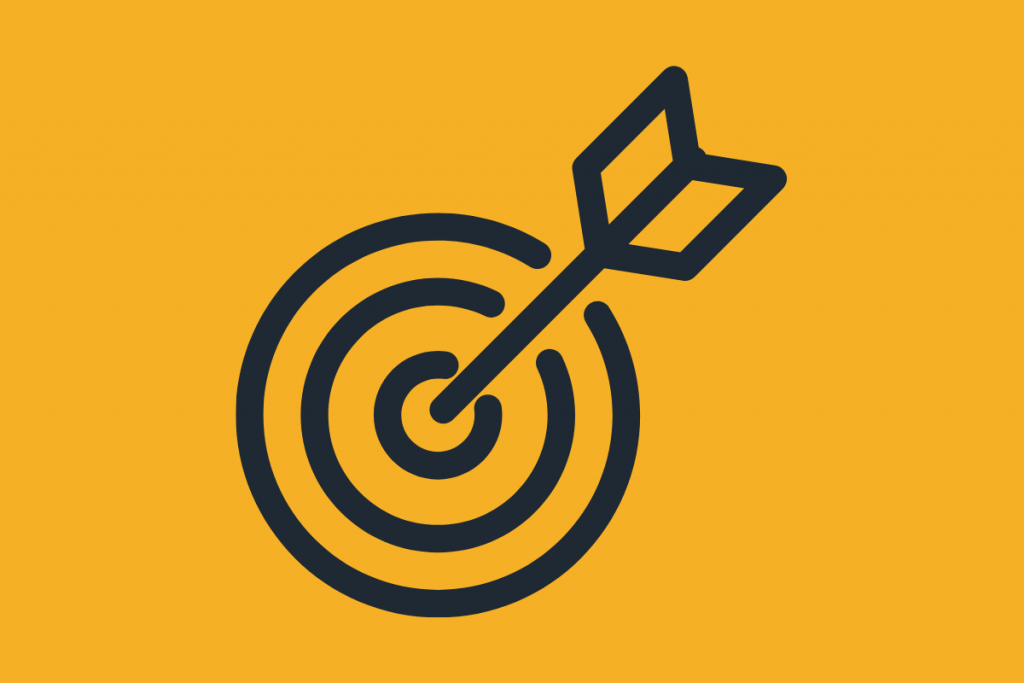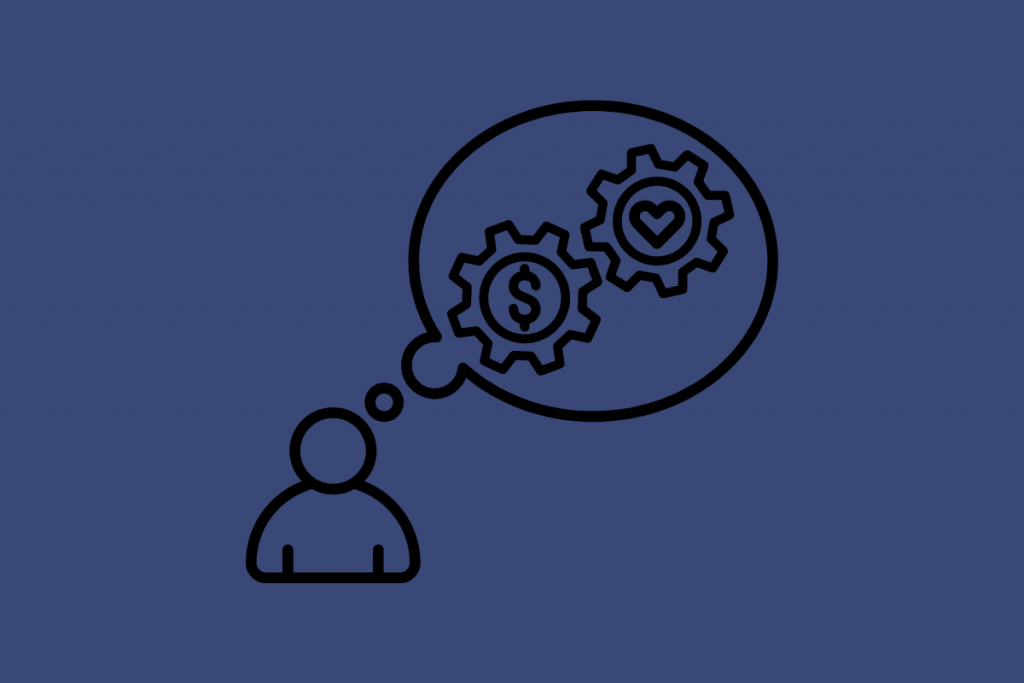B2B SaaS Content Marketing Strategy: 9 Steps To Get Signups
Content marketing can drive substantial growth for your SaaS business. It helps position your brand as a trusted authority and increases sales by attracting prospects who are actively looking for your solutions.
Why should SaaS companies bother with content marketing?
- 84% of B2B marketers say content marketing helped create brand awareness.
- 76% say it helped generate demand and leads.
- 58% say it helped generate sales and revenue.
This guide is all about making your content strategy as effective as possible and ensuring that every piece of content has a clear purpose.
You will learn how to create a strong SaaS content marketing strategy that attracts, engages, and converts customers without being intrusive.
How Is Content Marketing for SaaS Different?
SaaS content marketing is different from traditional B2B content marketing, mainly because of the:
- Complex sales cycles: Selling SaaS involves longer and more complex sales cycles due to the need to educate prospects about the software’s benefits and features.
- Subscription model: Often, SaaS products operate on a subscription basis, requiring ongoing customer engagement and retention strategies rather than focusing solely on one-time sales.
The SaaS customer journey covers stages from awareness to retention and renewal. Your content should address each phase, providing targeted information to attract new customers and support existing ones. Here are some key things to consider when creating a SaaS content marketing strategy:
Educational focus
SaaS content marketing focuses on educating prospects, adressing their challenges and demonstrating how your product can solve them. Since SaaS products often offer complex solutions, content must simplify and explain how the software works and how it can solve specific problems—without being salesy.
Demonstrations and tutorials
SaaS products benefit greatly from demonstrations, webinars, tutorials, and how-to guides. These types of content show potential customers exactly how the software can be used and help existing customers maximize their use of the product.
Continuous engagement
SaaS businesses rely on recurring revenue, making customer retention as important as acquisition. Content strategies include not only attracting new customers but also continually engaging existing ones through updates, newsletters, and expert advice.
Freemium and trial content
Many SaaS businesses offer free trials or freemium versions of their products. Content marketing must include clear and compelling calls to action for these offers, along with supportive content that helps users during their trial period and encourages them to convert to paying customers.
Thought leadership
Establishing the company as a thought leader in the industry is crucial. This involves creating high-quality, insightful content like white papers, case studies, and industry reports that build trust and credibility.
Why Is Content Marketing Important for SaaS Companies?
Content marketing helps SaaS businesses educate potential customers about the complexities and benefits of their products. By producing informative content like tutorials, case studies, and webinars, businesses can show their expertise and demonstrate how their products can solve specific customer pain points.
Secondly, content marketing helps in building trust and credibility within the industry.
Through thought leadership content like white papers, industry reports, and expert blog posts, SaaS companies can position themselves as authorities in their respective fields. This not only attracts new customers but also strengthens relationships with existing ones by providing valuable insights and staying ahead of industry trends.
B2B blogging is a key part of content marketing and helps drive traffic to SaaS websites. By optimizing content with relevant keywords and addressing common pain points of their target audience, SaaS brands can attract qualified leads who are actively seeking solutions.
SaaS businesses can use content marketing to:
- Educate prospects.
- Build thought leadership.
- Generate and convert leads.
- Support customer onboarding.
- Increase brand awareness.
- Drive customer engagement and retention.
- Showcase customer success stories.
Creating a SaaS Content Marketing Plan that Drives Signups
- Get to know your target audience.
- Define your content goals.
- Create helpful content.
- Create SEO content clusters.
- Build authority in your industry.
- Adjust for the marketing funnel.
- Create a distribution plan.
- Follow up your efforts.
- Keep creating content consistently.
1. Really Get to Know Your ICP
57% of marketers say creating the right content for their audience is a challenge.
Getting to know your ideal customer profile (ICP) is the first step in creating a content strategy. It’s essential to invest time and effort to truly understand your target audience’s needs, pain points, and preferences.
A thorough target audience analysis helps SaaS companies pinpoint the specific industries, company sizes, roles, and geographic locations that align best with their product offerings. This allows them to craft content that resonate deeply with potential customers, addressing their unique challenges and demonstrating how their products can provide value.
What can SaaS companies do to learn about their ICP?
Conduct customer interviews and surveys
Engage directly with current customers to gather insights into their pain points, goals, and preferences. Structured interviews and surveys can uncover valuable information about why customers chose the SaaS product, their use cases, and what they value most.
Analyze customer data and behavior
Use analytics tools to study customer behavior on the SaaS platform. Track metrics like usage patterns, feature adoption rates, and churn reasons to identify commonalities among ideal customers. This data-driven approach helps identify which customer segments gain the most value from the product.
Create buyer personas
Develop detailed buyer personas based on demographics, job roles, responsibilities, and behavioral traits. These personas represent fictional representations of ideal customers and help visualize the target audience and what motivates their purchasing decisions.
Monitor social media and online interactions
Monitor discussions, comments, and feedback on social media platforms and forums related to the SaaS industry. Pay attention to what potential customers are discussing, their pain points, and the solutions they’re looking for. Engage in these conversations to gain firsthand insights into customer needs and feelings.
Review sales and support interactions
Monitor interactions between the sales team, customer support, and customers. Analyze common questions, objections, and feedback received during these interactions. This information can reveal insights into customer challenges and motivations.
Attend industry events and webinars
Participate in industry events, conferences, and webinars where ideal customers are likely to be present. Engage in networking opportunities to understand industry trends, challenges, and the evolving needs of target customers firsthand.
Companies that fail to understand their ICP risk wasting marketing resources on the wrong audience, attracting leads who are unlikely to sign up for trials or become customers.
2. Define SMART Goals for Your B2B SaaS Content Strategy
Before you start creating content, you need to set goals.
Your content marketing goals should be in sync with your broader business objectives. For example, if your primary aim is to increase brand awareness, the content strategy should focus on creating high-quality, shareable content that resonates with your target audience and amplifies the brand’s presence in your industry.
Focus on setting specific, measurable, attainable, relevant, and time-bound (SMART) goals that provide a clear roadmap for your content strategy. Setting vague or overly ambitious targets can easily lead to frustration and burnout.
You also need to set key performance indicators (KPIs) to measure how effectively your content marketing strategy is achieving your goals. There are some metrics that are extra relevant for subscription-based models—like customer acquisition cost (CAC), customer lifetime value (CLV), and churn rate.
Other KPIs might include website traffic, engagement rates, lead generation numbers, or customer retention rates. Regularly monitoring KPIs allows companies to adjust their strategies as needed and ensures that they are on track to meet their defined goals.
Examples of SMART SaaS content marketing goals:
- Increase email newsletter open rates by 10% within two months by optimizing subject lines, personalizing content, and segmenting the email list.
- Double the number of backlinks to the company blog within six months by producing high-quality, shareable content and engaging in outreach to industry bloggers and websites.
3. Create Content That Resonates with Your ICP’s Pain Points
Before you start creating content, you need to identify your ICP pain points—the specific challenges, frustrations, and needs experienced by your ICP that your product or service can address. Do this by:
- Conducting surveys and interviews and gather customer feedback to pinpoint their specific challenges. This direct interaction provides valuable insights into their frustrations and needs.
- Analyzing customer data and behavior to uncover common issues and requirements. By examining usage patterns, support tickets, and engagement metrics, you can identify recurring problems and areas for improvement.
- Examining competitors’ customer reviews and the content they produce to reveal further pain points that your ICP might share. Understanding how competitors address their customers’ concerns can help you identify gaps and opportunities in your own strategy.
- Participate in industry forums and online communities where your target audience discusses their challenges. Engaging in these conversations can provide a deeper understanding of their pain points and allow you to offer solutions that resonate with them.
When you have a good understanding of your ICP’s pain points, you can create relevant and helpful content that addresses them specifically:
- Create content types like blog posts, trust-building B2B case studies, how-to guides, and webinars that focus on resolving specific pain points.
- Use clear and straightforward language that speaks directly to the problems your ICP is facing.
- Offer actionable steps, tips, and tools that your ICP can use to address their challenges.
- Include examples, and success stories that demonstrate how others have solved similar problems using your product or service.
By consistently producing customer-centric content like this, you build trust and establish your brand as a go-to source for solutions.
4. Create SEO Content Clusters and Build Authority
Content clusters are important for improving rankings and establishing industry authority.
These clusters are made up of a core pillar piece of content that thoroughly covers a broad topic. By connecting related cluster pieces to the pillar content, you can increase your website’s authority and visibility in search results. Here’s a quick breakdown of how you create a content cluster:
Identify a core topic: Choose a broad topic that’s relevant to your SaaS product.
Create the pillar content: Create a comprehensive, authoritative content piece that covers your core topic.
Create the cluster content: Create supporting content pieces that dive into specific subtopics relevant to the pillar content.
Include internal links: Link your pillar content to your cluster content and your cluster content back to your pillar content.
Include keywords: Optimize each content piece with keywords that are relevant to the topic it covers.
Update and maintain: Regularly refresh and update your content to make sure it maintains relevance.
In addition to improving rankings, content clusters serve as a platform for demonstrating industry expertise. Pillar content establishes credibility by addressing overarching industry trends and challenges while supporting cluster pieces that dive deeper into specific aspects, offering practical solutions and insights.
This structured content not only educates the audience but also nurtures trust and positions the brand as a reliable source of information.
5. Create Thought Leadership Content
In the competitive SaaS market, building thought leadership requires more than providing surface-level insights. It demands a deep dive into industry-specific topics backed by proven expertise, knowledge, and valuable advice.
Thought leaders in SaaS differentiate themselves by offering unique perspectives, thought-provoking analyses, and solutions that resonate with their audience. Here are some examples of thought leadership content for SaaS:
Industry reports and research studies: Conduct and publish in-depth reports on industry trends, market insights, and consumer behavior within your SaaS niche. Provide data-driven analysis and predictions that offer valuable insights to industry professionals.
Expert opinion pieces and editorials: Write articles or blog posts where company leaders or industry experts share their perspectives on relevant industry topics. Offer thought-provoking insights, opinions on emerging trends, or predictions for the future of the industry.
Webinars and podcasts: Host webinars or podcasts featuring discussions with industry experts, covering topics like best practices, case studies, and future trends. Provide actionable advice and strategies that resonate with your target audience.
Whitepapers: Publish detailed B2B whitepapers that explore complex topics within your SaaS sector. Offer in-depth analyses, research findings, and practical solutions to common challenges faced by your audience.
Case studies: Share real-world examples of how your SaaS solution has helped businesses achieve measurable results. Highlight specific challenges faced, strategies implemented, and the outcomes achieved, showcasing your expertise and credibility.
Thought leadership improves brand credibility, attracts a loyal following, and cultivates trust among potential customers. It’s about demonstrating a profound understanding of complex industry issues and consistently delivering valuable insights that empower and educate your audience.
6. Guide ICPs Through the Marketing Funnel
Selling SaaS typically involves longer and more complex sales cycles. This complexity arises from several factors, like the need for customization, integration with existing systems, and the high stakes involved in committing to a subscription-based model.
As a result, guiding prospects through the marketing funnel requires a strategic, content-driven approach:
Awareness stage
At the top of the funnel, customers begin to realize they have a problem. Awareness content is all about highlighting their pain points and helping them identify the issue.
Consideration stage
In the middle of the funnel, customers are looking for a solution to their problem. Consideration content explores potential fixes without pushing a specific product or service. Interactive content like ROI calculators and comparison guides can be helpful in this evaluation stage.
Decision stage
At the bottom of the funnel, customers are ready to choose the best solution for their problem. Decision content should emphasize your unique selling points and make it easy for customers to select your product or service over competitors.
However, the SaaS marketing funnel doesn’t end with the purchase. After the sale, you need to continue providing content through two additional stages:
Retention stage
After a customer buys your product, the focus shifts to retention. This involves nurturing the ongoing relationship to ensure customers continue to find value, stay satisfied, and remain engaged with your brand.
Effective retention strategies include providing outstanding customer support, delivering value through engaging content, and offering personalized experiences to build long-term loyalty.
Advocacy stage
Advocacy is the final and often most rewarding stage of the marketing funnel. Satisfied customers who have had a positive experience with your product or service become advocates, sharing their positive experiences with others.
This can include writing testimonials, referring new customers, or promoting your business through word of mouth and social media. Advocacy drives brand awareness and trust through genuine recommendations from happy customers.
7. Create a Multi-Channel Content Distribution Strategy
When distributing content, SaaS companies should adopt a strategic approach that prioritizes reaching their target audience across various marketing channels. This multifaceted distribution strategy serves several critical purposes:
Audience reach: Different segments of your target audience use different platforms. By diversifying where you distribute content—for example, through social media, industry forums, blogs, and email marketing campaigns—you increase the likelihood of reaching prospects at various stages in the marketing funnel.
Brand visibility: Consistent and quality content distribution across several platforms improves brand visibility. It establishes your company as an authoritative voice within your industry, building trust and credibility among potential customers.
Traffic and conversions: Effective content distribution drives traffic to your website, blog posts, landing pages, and other key conversion points. When targeted correctly, this influx of traffic can lead to increased trial sign-ups, demo requests, and, ultimately, more customers.
Remember to tailor your content for specific platforms to make sure it resonates with the preferences and behaviors of each audience segment. Different content formats, tones, and topics are relevant for different platforms.
Here are the best-performing distribution channels for B2B companies according to the Content Marketing Institutes 2024 report:
- In-person events (56%)
- Webinars (51%)
- Email (44%)
- Organic social media platforms (44%)
- Blogs (40%)
- Email newsletters (39%)
8. Follow Up on Your SaaS Content Marketing Goals
You need to follow up on your content to make sure it performs as planned and remains relevant. Here’s how you can do it:
- Use analytics platforms like Google Analytics or HubSpot to track and measure the performance of your content. Monitor metrics across different stages of the marketing funnel—from initial awareness to conversion and retention.
- Segment your audience based on demographics, behavior, and engagement with your content. Analyze which segments are most responsive to specific types of content and messaging. This insights help in tailoring future content strategies to better meet the needs and preferences of different audience segments.
- Beyond quantitative metrics, assess qualitative factors like content engagement, interaction levels (comments and shares), and sentiment analysis (feedback and reviews). These indicators provide valuable insights into how well your content resonates with your audience and its perceived value.
- Measure how effectively your content contributes to conversions and customer acquisition. Track conversion paths to understand which content pieces or channels are driving leads to take desired actions, like signing up for a trial, requesting a demo, or making a purchase.
Regularly reviewing and optimizing content performance ensures alignment with business goals and improves the effectiveness of your SaaS content marketing.
9. Be Consistent with Your Content Creation
Consistent content creation ensures ongoing engagement with your audience.
By consistently delivering valuable insights, updates, and solutions to their challenges, you keep them actively interested and connected to your brand. This ongoing interaction builds trust and a sense of loyalty over time.
Frequent updates also contribute to your online presence and visibility. Search engines prioritize websites that regularly publish new, valuable content. Posting consistently helps improve your SaaS SEO and attract more organic traffic. This visibility not only expands your reach but also introduces your solutions to new potential customers who are actively searching for relevant information.
54% of marketers say creating content consistently is a challenge—here are some actionable tips on how to make it work:
Create a content calendar: Develop a structured content calendar outlining topics, publishing dates, and responsible team members. This keeps everyone aligned and accountable.
Set realistic goals: Establish achievable content production goals based on your resources and bandwidth. Consistency is key, so start with a manageable frequency.
Repurpose existing content: Make the most out of your existing content by repurposing it into different formats (for example, turning a blog post into a video or infographic) to reach different audience preferences.
Monitor the performance of your content: Conduct a SaaS content audit to identify areas of improvement and optimize your content for better results.
Batch content creation: Dedicate specific blocks of time to create multiple pieces of content at once. This streamlines the process and ensures a steady flow of material for future publication.
Outsource when needed: Consider outsourcing tasks like writing, editing, or graphic design to freelancers or agencies to maintain consistent content output during busy periods.
Key Takeaways for B2B SaaS Content Marketing Success
Mastering SaaS content marketing requires a genuine understanding of the ICP, clear goals, and ongoing engagement.
By focusing on educating prospects, demonstrating product value, and consistently delivering valuable insights, SaaS companies can attract and retain customers effectively.
Ultimately, a well-crafted content strategy not only attracts attention and drives conversions but also sustains business growth by building trust and delivering ongoing value to customers.
Use these insights to create a strong content strategy that attracts your customer’s attention, keeps them coming back, and helps your SaaS business grow sustainably.
Need help creating blog posts, white papers, or case studies for your SaaS company? Message me, and let me know what you have in mind.








